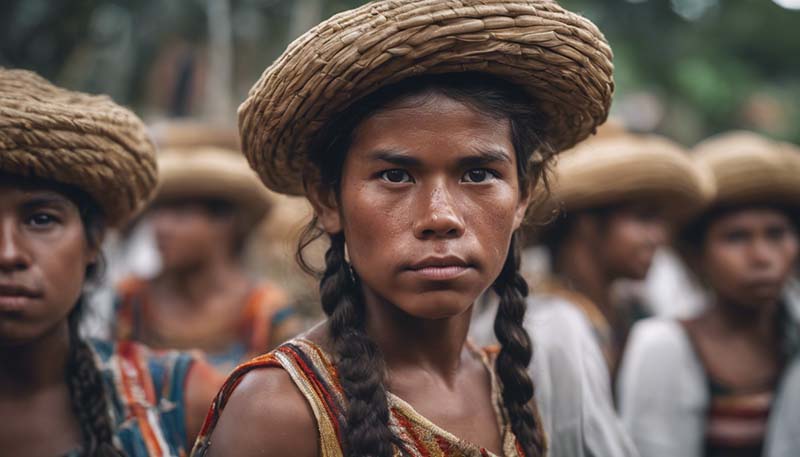The World of Gaita: A Colombian Tradition
The World of Gaita: A Colombian Tradition
An exploration into the rich history, cultural significance, and musical evolution of the Gaita in Colombia.
Introduction to Gaita Music
The Gaita is a traditional Colombian musical instrument that has been central to the country's cultural heritage for centuries. It is a type of end-blown flute made from bamboo, and it is often accompanied by percussion instruments such as the 'caja' (a wooden box drum) and 'maracas'. The Gaita is not just an instrument but a symbol of identity, resistance, and joy for the Colombian people.
Historical Context
The origins of the Gaita are deeply rooted in pre-Columbian times, with indigenous tribes using flutes in their rituals and ceremonies. Over time, the Spanish colonization brought new instruments and musical styles, but the Gaita managed to survive and adapt, becoming a unifying force during times of slavery and colonial oppression.
The Role of Gaita in Colombian Folklore
The Gaita has played a significant role in Colombian folklore, often associated with stories of love, nature, and the struggles of the common people. It is a recurring theme in many folk tales and legends, where it is portrayed as a magical instrument with the power to heal, to bring rain, or to communicate with the spirit world.
Advertisement
Cultural Significance
The Gaita is more than just a musical instrument; it is a vessel for cultural expression. It is played during various celebrations, including religious festivals, harvest celebrations, and social gatherings. The music is a way for communities to come together, share stories, and celebrate their shared history and identity.
Gaita and Social Movements
In the late 20th century, the Gaita became a symbol of resistance and social change. It was used as a tool for political expression, particularly during times of civil unrest and social upheaval. The Gaita's haunting melodies and powerful rhythms resonated with the struggles of the people, giving voice to their hopes and aspirations for a better future.
Musical Evolution
Over the years, the Gaita has evolved musically, incorporating elements from other genres and styles. Modern Gaita music often blends traditional rhythms with contemporary beats, creating a unique sound that is both rooted in history and forward-looking.
The Influence of Gaitanismo
Gaitanismo is a musical movement that emerged in the mid-20th century, named after the legendary Gaita player and composer, Antonio 'El Gaitanero' Montaño. Gaitanismo revitalized the traditional Gaita music by introducing new techniques and styles, and it played a crucial role in the popularization of the Gaita both in Colombia and internationally.
The Future of Gaita Music
The future of Gaita music looks promising, with a new generation of musicians keeping the tradition alive while also exploring new creative possibilities. The Gaita continues to be a vital part of Colombia's cultural fabric, and its influence can be felt in various forms of music, from folk to pop, and even in the global electronic music scene.
Preserving the Tradition
Efforts are being made to preserve and promote the Gaita tradition. This includes the establishment of cultural centers and schools where young people can learn to play the Gaita and study its history. There are also annual festivals and competitions that celebrate the Gaita and its music, drawing audiences from around the world.
Conclusion
The Gaita is a testament to the resilience and creativity of the Colombian people. It is an instrument that has weathered the test of time, adapting to changing social and cultural landscapes while remaining a powerful symbol of Colombian identity. As the world becomes more interconnected, the Gaita stands as a beacon of cultural diversity and a reminder of the importance of preserving our musical heritage.
Sources:
- "History of Gaita in Colombia" by the Colombian Cultural Institute
- "Gaitanismo: The Evolution of a Colombian Musical Tradition" by Juan Carlos Salazar
- "The Role of Gaita in Colombian Folklore" by Maria Teresa Pardo
